Graphene air purifiers are a new type of air purifier that uses graphene to filter the air. We know air quality is paramount, In this article, we will embark on a journey to explore the innovative Graphene Air Purifiers, their unparalleled benefits and their potential to transform the way we breathe.
Graphene air purifiers are cutting-edge devices designed to improve indoor air quality efficiently and effectively. Utilizing the remarkable properties of graphene, these purifiers offer a range of benefits over traditional air purifiers. In this guide, we’ll explore what graphene air purifiers are, how they work, their advantages, and address common questions about them.
These purifiers represent a new frontier in air quality management, promising not only to remove dust, allergens and pollutants but also to do so with unmatched efficiency and sustainability. This guide will delve deep into Graphene Air Purifiers, providing insights into their working principles, the science behind their effectiveness and their real-world applications. So, let’s discover how Graphene Air Purifiers are revolutionizing the way we breathe indoors.
What is Graphene?
Graphene, is a single layer of carbon atoms arranged in a two-dimensional honeycomb lattice. Its exceptional properties, such as high electrical conductivity, mechanical strength, and flexibility, have made it a game-changer in various fields, including air purification.
Graphene is a thin layer of carbon atoms arranged in a hexagonal lattice, just one atom thick. Despite its simplicity, graphene possesses extraordinary properties, including exceptional strength, conductivity, and flexibility. These unique characteristics make it an ideal material for various applications, including air purification.
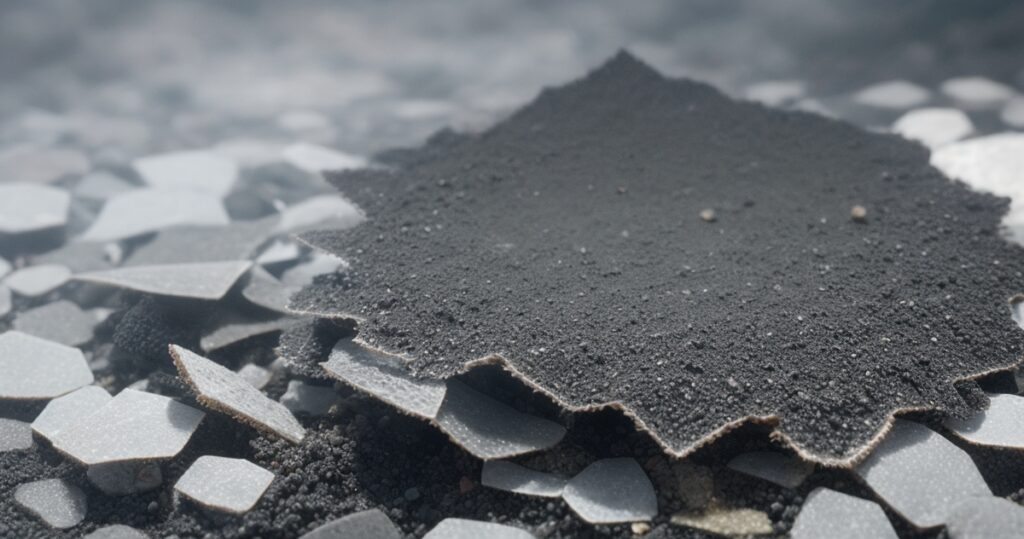
Let’s dive into the fascinating properties of Graphene:
| Property | Description |
|---|---|
| Electrical Conductivity | Graphene is an excellent conductor of electricity, enabling efficient air purification processes. |
| Mechanical Strength | It’s incredibly strong yet incredibly thin, making it ideal for filtration. |
| Flexibility | Graphene can be used in various forms, adapting to different air purifier designs. |
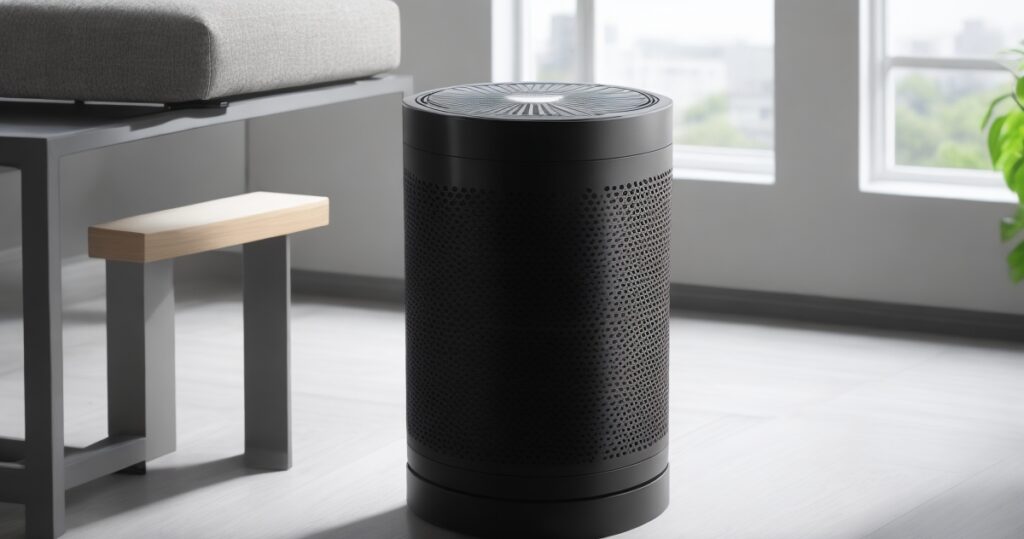
How Do Graphene Air Purifiers Work?
Now, let’s get to the heart of the matter – how Graphene Air Purifiers work and what sets them apart from traditional air purification technologies.
Graphene air purifiers use advanced filtration systems combined with graphene-based materials to remove contaminants from the air. These purifiers typically employ multiple stages of filtration, including HEPA filters, activated carbon filters, and graphene-based filters. The graphene component enhances filtration efficiency by attracting and trapping particles and pollutants more effectively than traditional filters.
Graphene filters are designed to effectively capture and neutralize a wide range of pollutants, including dust, bacteria, viruses and VOCs. They do this with the help of their unique properties:
- High electrical conductivity enables the efficient removal of charged particles.
- Mechanical strength ensures the durability and longevity of the filter.
- Flexibility allows for various filtration configurations, optimizing performance.
Let’s explore the advantages of Graphene filters in more detail:
| Advantage | Description |
|---|---|
| Efficient Filtration | Graphene filters can capture particles as small as 0.01 microns, ensuring clean and healthy air. |
| Longevity | These filters have a longer lifespan than traditional filters, reducing replacement costs. |
| Low Energy Consumption | Graphene air purifiers are energy-efficient, helping you save on electricity bills. |
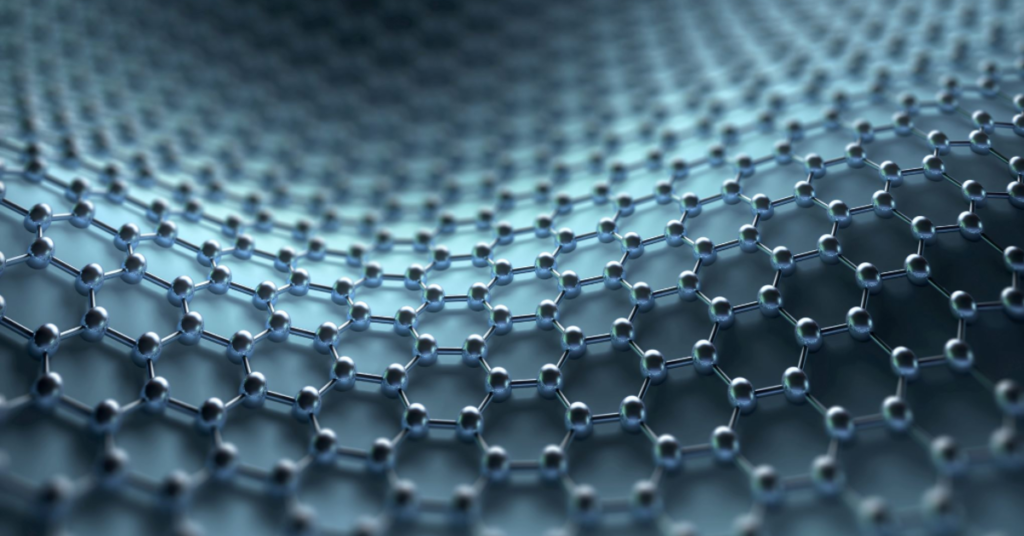
Advantages of Graphene Air Purifiers
- Efficiency: Graphene air purifiers can capture particles as small as nanometers, providing thorough purification.
- Durability: Graphene is incredibly durable and resistant to damage, ensuring long-lasting performance.
- Energy Efficiency: Graphene-based materials enable air purifiers to operate efficiently, consuming less energy.
- Versatility: These purifiers can effectively remove a wide range of contaminants, including dust, pollen, pet dander, and volatile organic compounds (VOCs).
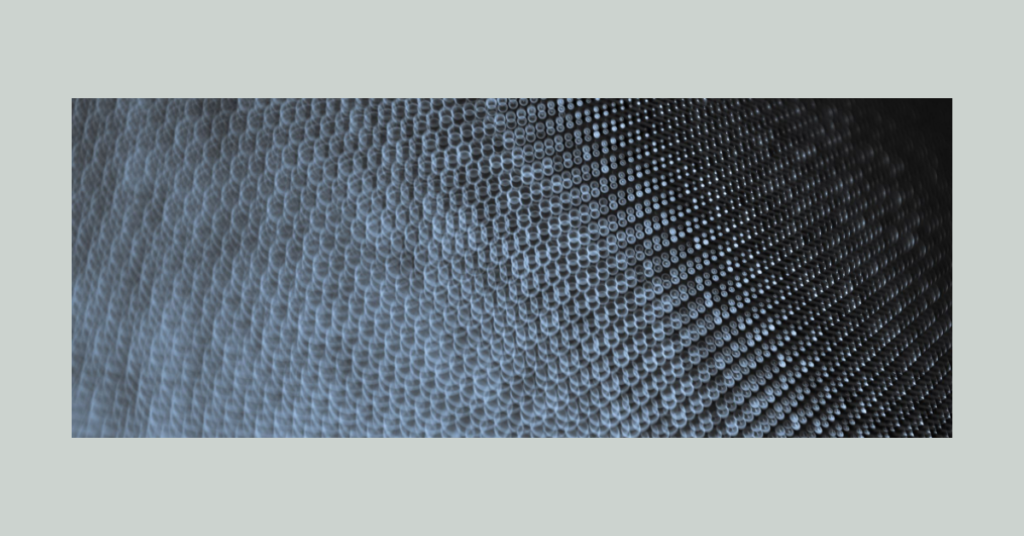
Health Benefits of Graphene Air Purifiers
Cleaner indoor air doesn’t just mean a more pleasant living environment. It can have profound effects on your health and well-being. Let’s explore the health benefits that Graphene Air Purifiers bring to the table:
Improved Respiratory Health:
- Reduced exposure to indoor pollutants can lead to improved lung function and reduced respiratory issues.
- Asthma and allergy sufferers often experience relief from symptoms.
Reduction of Allergens and Pollutants:
- Dust mites, pet dander, and pollen are effectively removed, reducing allergy triggers.
- Chemical pollutants and odors are neutralized, ensuring cleaner and fresher air.
Potential Impact on Long-Term Health:
- Long-term exposure to clean indoor air may contribute to better overall health and a reduced risk of respiratory diseases.
- Enhanced well-being and comfort for you and your family.
With Graphene Air Purifiers, you’re not just investing in a gadget; you’re investing in your health and quality of life.
Conclusion
Graphene air purifiers represent a significant advancement in indoor air quality technology. By harnessing the remarkable properties of graphene, these purifiers offer efficient, durable, and versatile solutions for cleaner and healthier indoor environments.
FAQ
What is a Graphene Air Purifier?
A Graphene Air Purifier is an advanced air purification device that utilizes graphene, a single layer of carbon atoms, to effectively remove airborne contaminants from indoor air. Graphene’s exceptional properties, such as high electrical conductivity and mechanical strength, make it an ideal material for air filtration.
How does a Graphene Air Purifier work?
Graphene Air Purifiers work by passing indoor air through filters made of graphene or graphene-based materials. These filters capture particles, including dust, allergens, and pollutants, through a combination of electrostatic attraction and mechanical filtration. Graphene’s conductivity enhances the efficiency of the purification process.
What sets Graphene Air Purifiers apart from traditional air purifiers?
Graphene Air Purifiers offer several advantages over traditional air purifiers. They have higher filtration efficiency, capturing particles as small as 0.01 microns. They are also known for their longevity, low energy consumption, and sustainability. Graphene’s flexibility allows for various filtration configurations.
Are Graphene Air Purifiers safe to use in homes?
Yes, Graphene Air Purifiers are safe for home use. Graphene is generally regarded as safe and non-toxic. However, it’s important to choose products from reputable manufacturers that adhere to safety standards and guidelines.
Do Graphene Air Purifiers have an impact on energy consumption?
Yes, Graphene Air Purifiers are known for their low energy consumption compared to some traditional purifiers. Their efficiency in capturing contaminants and extended filter lifespan contribute to energy savings.
Are Graphene Air Purifiers suitable for all indoor settings?
Graphene Air Purifiers are versatile and can be used in various indoor settings, including homes, offices, hospitals, and industrial spaces. Their effectiveness makes them a suitable choice for most environments where air quality is a concern.
What are the problems with graphene technology?
One of the primary challenges with graphene technology is its high production costs, making it expensive to manufacture high-quality graphene at scale. While graphene offers remarkable properties, such as exceptional strength and conductivity, the challenge lies in finding cost-effective methods for large-scale production, which is essential for its widespread adoption in various applications.
What are the disadvantages of graphene filters?
Graphene filters, while highly effective, have drawbacks. Production costs are relatively high due to the complexity of graphene manufacturing, potentially impacting affordability. Availability is limited compared to traditional filters, making replacements challenging to find in some regions. They may not address all air purification needs and could pose safety concerns regarding emissions during production. Graphene’s production processes can have environmental impacts, and integrating these filters into existing systems is complex. Users must diligently follow maintenance guidelines to ensure their longevity and effectiveness. Balancing these drawbacks with the advantages of exceptional filtration efficiency and filter longevity is essential when considering graphene filters.
Are Graphene Air Purifiers eco-friendly?
Yes, Graphene Air Purifiers have eco-friendly aspects. Graphene is sourced from abundant and renewable carbon, and their low energy consumption contributes to a reduced carbon footprint. Their sustainability makes them an environmentally responsible choice.
What is the lifespan of Graphene filters, and how often should they be replaced?
Graphene filters are known for their longevity and can outlast traditional filters. The replacement frequency may vary by model and usage but is typically longer, reducing long-term maintenance costs.
DheerajSonwane is a dedicated writer with expertise in air purification technologies. He focuses on providing well-researched content to help readers improve indoor air quality in homes and businesses. As the lead writer at AirPurifierMaster.com, Dheeraj offers practical advice his insightful reviews guide individuals in choosing the best air purifiers for their needs.

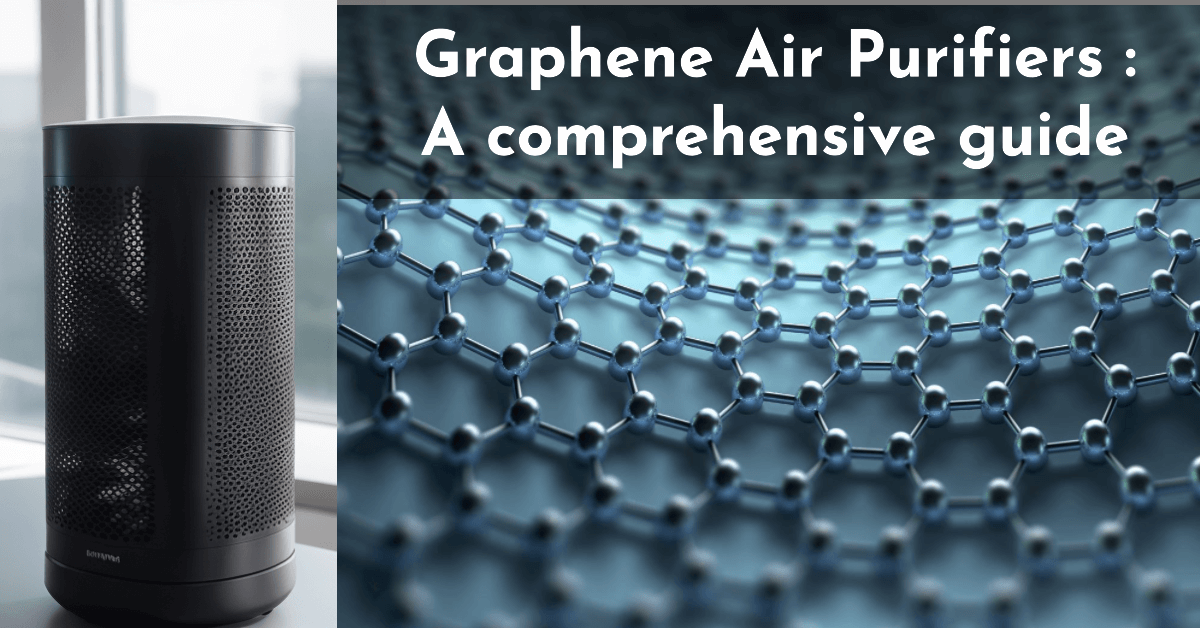
1 thought on “Graphene Air Purifiers : A comprehensive guide”